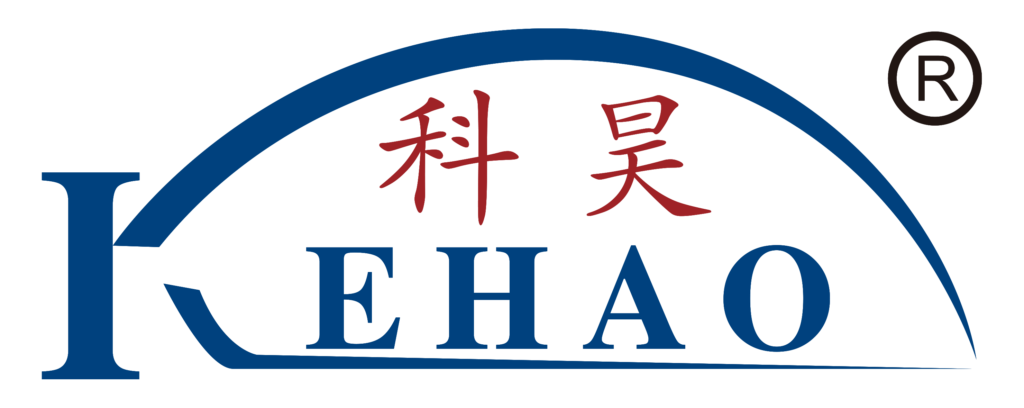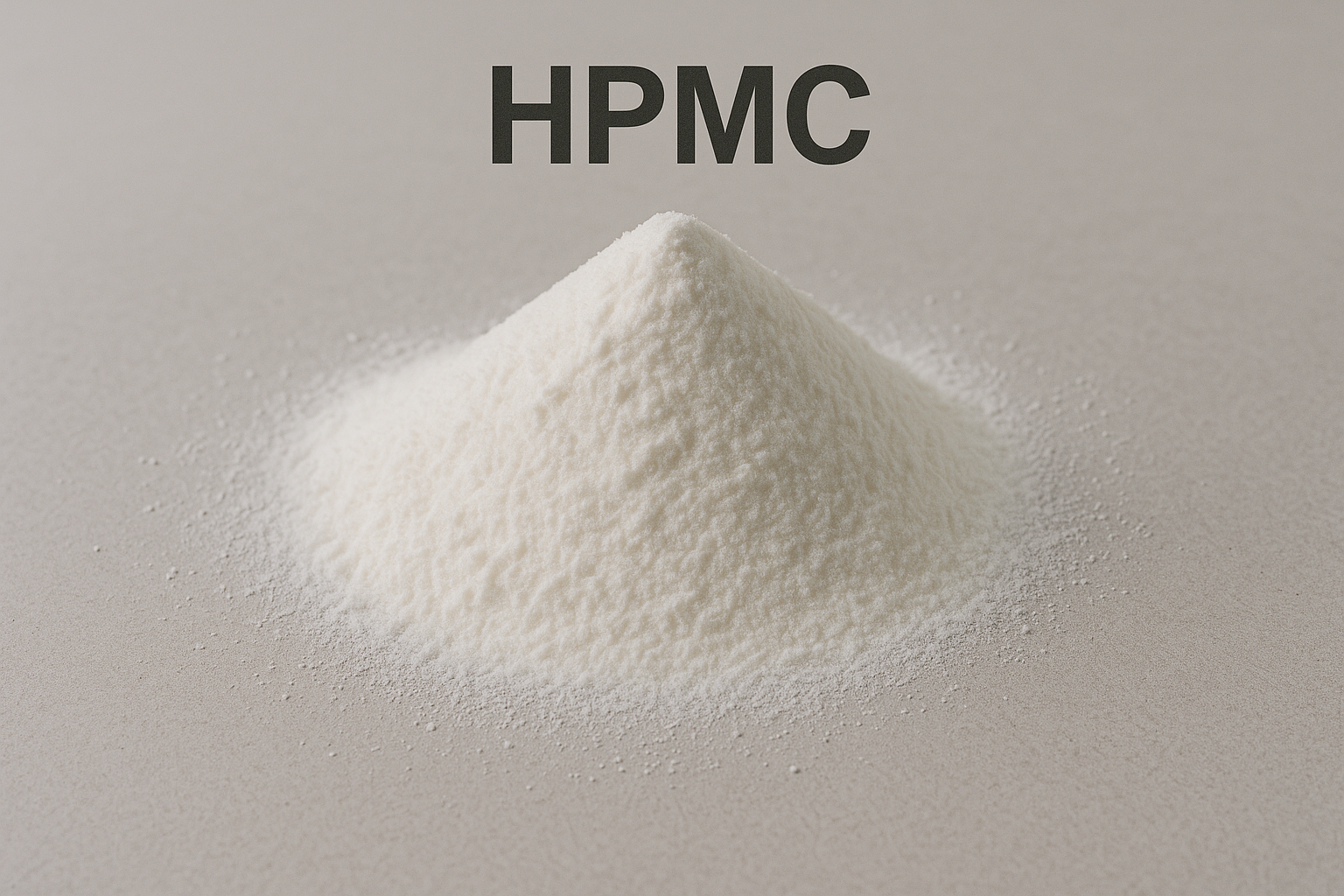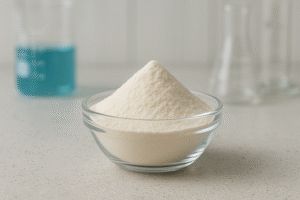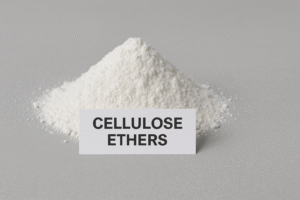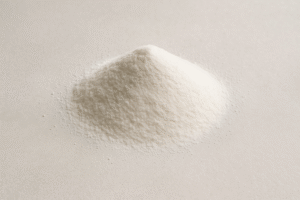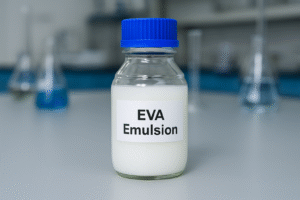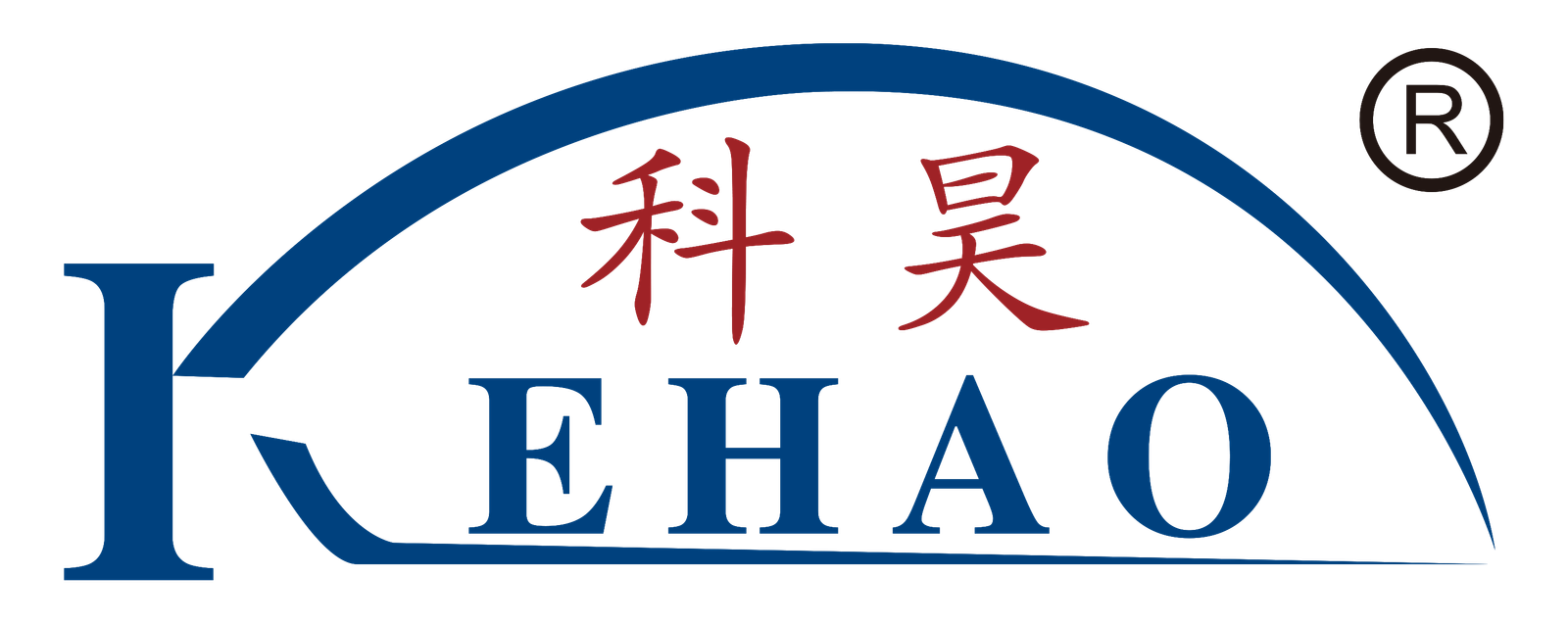Construction projects often face challenges with material workability, water retention, and adhesion strength. Many builders struggle with inconsistent mortar performance, leading to project delays and quality issues.
Hydroxypropyl methylcellulose (HPMC)1 is a cellulose ether that significantly improves construction materials by enhancing water retention, workability, adhesion, and sag resistance. In tile adhesives and mortars, it extends open time, improves consistency, and ensures better bonding performance.
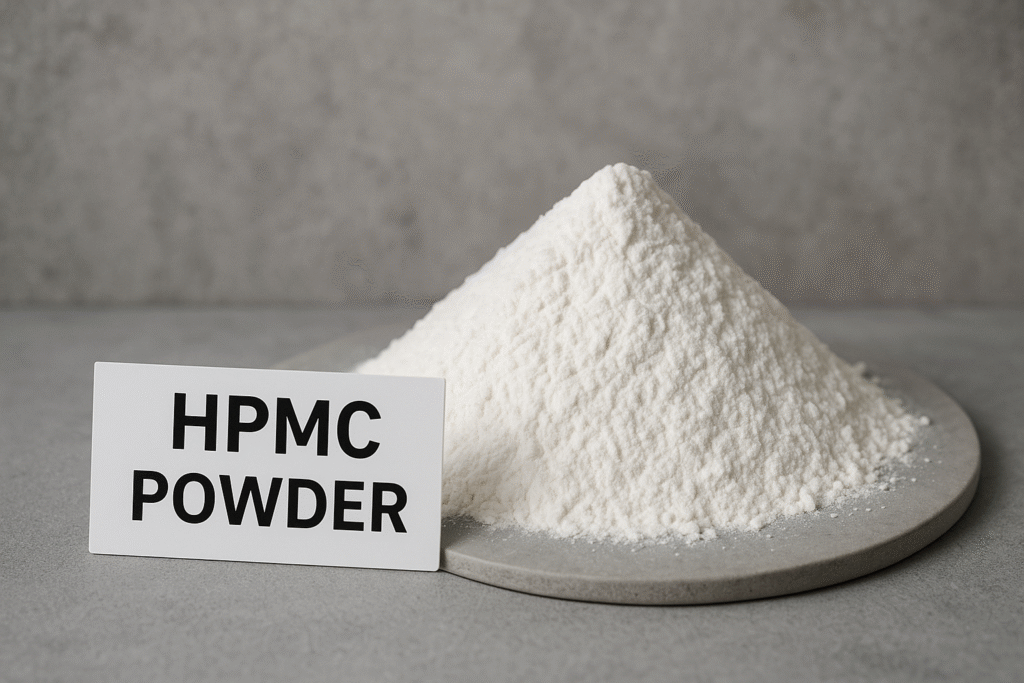
As a manufacturer with over 15 years in cellulose ether production, I've seen firsthand how the right HPMC can transform construction materials. Let's explore why HPMC has become an essential component in modern building materials and why choosing the right grade makes all the difference.
What is Construction Grade HPMC and Why is it Essential?
Builders often waste time and materials using improper additives. Poor water retention causes rapid drying, weak bonds, and project failures.
Construction grade HPMC is a modified cellulose ether specifically engineered for building applications with viscosities typically ranging from 15,000 to 100,000 mPa·s. It functions as a thickener, binder, water retention agent, and rheology modifier in dry mix mortars and adhesives.
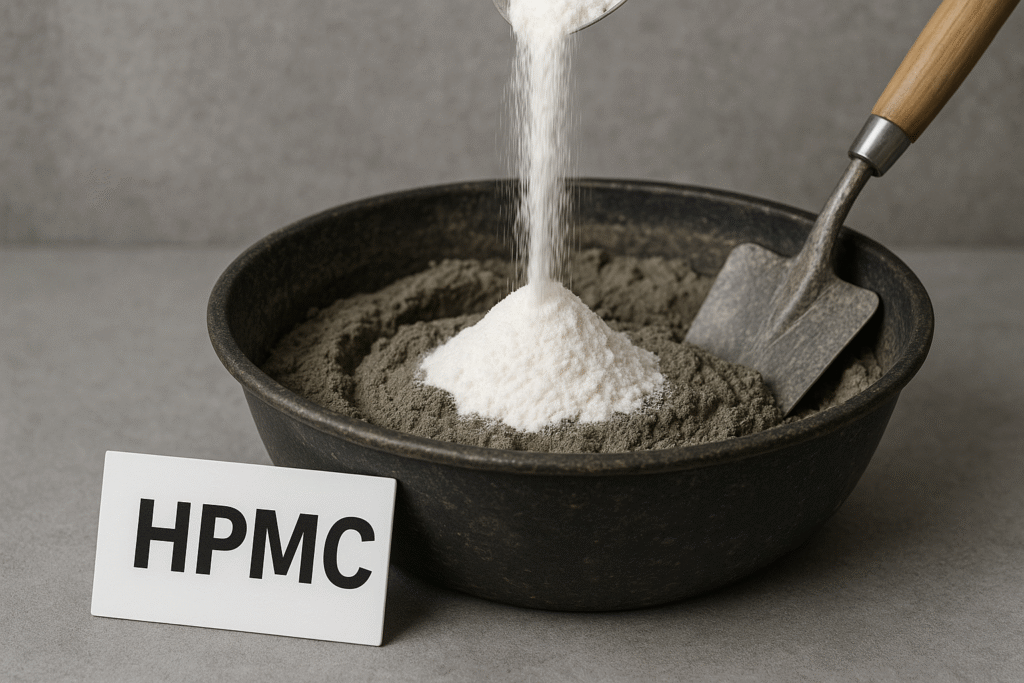
Construction grade HPMC differs significantly from other grades in several important ways. Unlike food or pharmaceutical grades, construction HPMC is optimized for alkaline environments and longer workability times. The methoxyl and hydroxypropyl content are carefully balanced to provide optimal performance in cementitious systems.
Technical Properties of Construction HPMC
| Property | Typical Range | Impact on Performance |
|---|---|---|
| Viscosity | 15,000-100,000 mPa·s | Controls consistency and sag resistance |
| Methoxyl content | 19-30% | Affects water solubility and gel temperature |
| Hydroxypropyl content | 7-12% | Influences water retention capability |
| Particle size | 80-100 mesh | Determines dissolution rate |
| Gel temperature | 58-85°C | Impacts thermal stability during application |
I remember visiting a large construction site in Saudi Arabia where the contractor was struggling with rapid setting due to the extreme heat. After recommending our HPMC with optimized gel temperature and water retention properties, their tile adhesive maintained workability for an additional 25 minutes – enough time to significantly improve installation quality and reduce waste.
What Advantages Does HPMC Bring to Construction Mortars?
Contractors frequently face cracking, poor adhesion, and difficult application with standard mortars. These issues lead to callbacks, repairs, and damaged reputations.
HPMC transforms ordinary mortars into high-performance materials by improving water retention (up to 98%), enhancing workability, extending open time, and creating thixotropic properties that prevent sagging while maintaining spreadability.
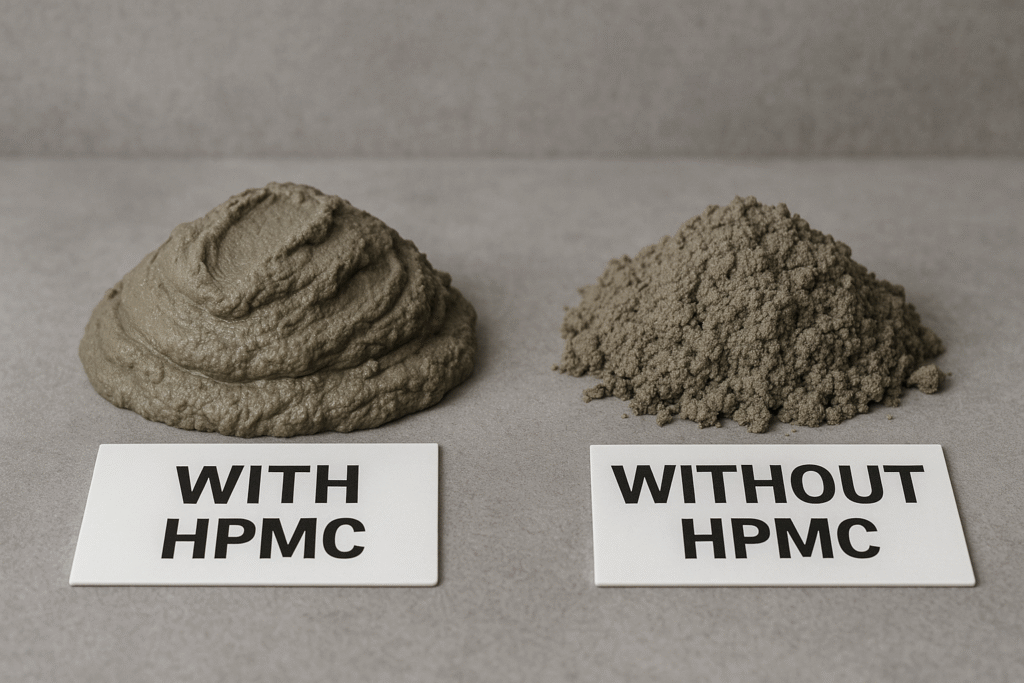
The benefits of HPMC in construction mortars extend far beyond just water retention. From my experience supplying HPMC to major mortar manufacturers across developing countries, I've observed how this versatile additive addresses multiple performance requirements simultaneously.
HPMC Impact on Different Mortar Systems
| Mortar Type | HPMC Dosage | Key Benefits |
|---|---|---|
| Cement renders | 0.2-0.4% | Improved workability, reduced cracking, better adhesion |
| Self-leveling compounds | 0.3-0.5% | Controlled flow, extended working time, improved surface finish |
| EIFS/ETICS2 | 0.3-0.6% | Enhanced adhesion to insulation boards, crack resistance |
| Repair mortars | 0.2-0.5% | Reduced shrinkage, improved bond to substrates, better water retention |
| Plaster | 0.1-0.3% | Smoother application, reduced sag, better surface finish |
Our factory has developed specialized HPMC grades for specific climate conditions. For hot, arid environments like the UAE and Saudi Arabia, we engineer HPMC with higher water retention capacity. For high-humidity regions like Singapore and Vietnam, we adjust the hydroxypropyl substitution to maintain optimal workability without excessive stickiness. These customizations have helped our customers develop region-specific mortar formulations that significantly outperform generic products.
How Does HPMC Improve Tile Adhesive Performance?
Tile installers regularly face slippage, inadequate bond strength, and limited open time. These issues cause failed installations and costly repairs.
HPMC improves tile adhesives by extending open time by 15-30 minutes, enhancing vertical non-slip properties, increasing adhesive strength by 20-40%, and ensuring uniform curing even in challenging conditions.
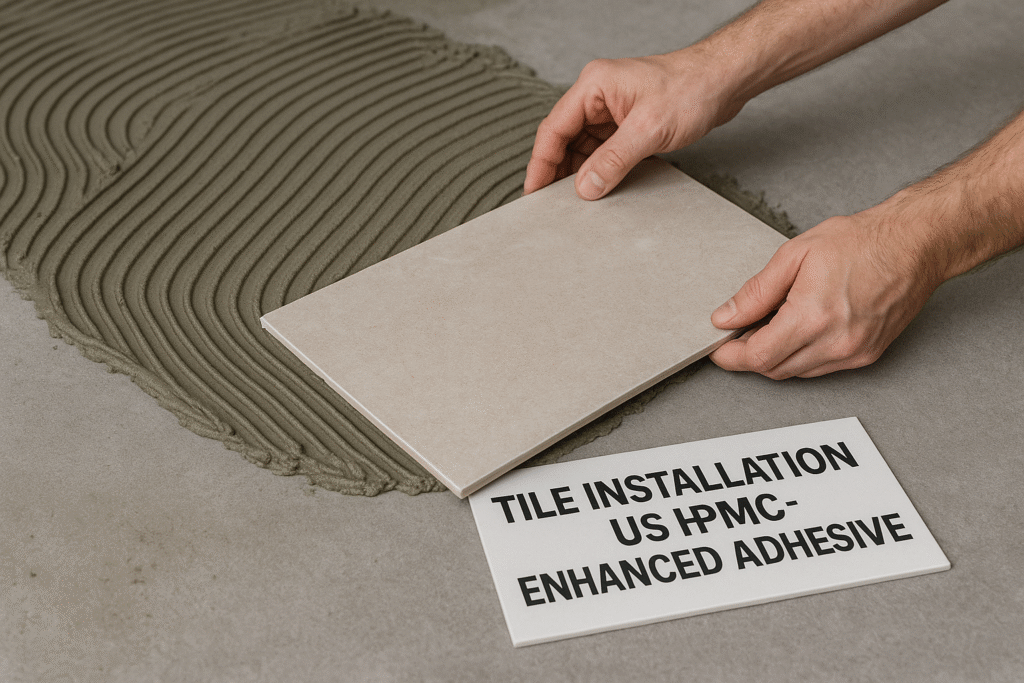
The technical advantages of HPMC in tile adhesives are particularly pronounced when working with modern, challenging tile materials. Large-format porcelain tiles, for instance, require adhesives with exceptional water retention and bond strength. Without proper HPMC modification, failures are common with these demanding applications.
Critical Performance Factors in Tile Adhesives
| Performance Factor | HPMC Contribution | Practical Benefit |
|---|---|---|
| Open time | Water retention effect | More tiles placed per batch, fewer wasted materials |
| Slip resistance | Thixotropic properties | Heavier tiles stay in place during installation |
| Bond strength | Improved cement hydration | Fewer callbacks for tile failures, longer installation life |
| Flexibility | Polymer-like behavior | Better performance with thermal cycling and substrate movement |
| Consistency | Stable rheology | Easier application, more uniform coverage |
I visited a large tile installation project in India where the contractor was struggling with rapid moisture loss in their adhesive due to high temperatures and low humidity. After introducing our special high-water-retention HPMC, their open time increased from 10 minutes to over 25 minutes. This improvement allowed them to work with larger adhesive batches and significantly increased daily installation rates.
How Can You Optimize Your Formulation with HPMC?
Many manufacturers use incorrect HPMC grades or dosages, resulting in inconsistent performance and wasted resources. Proper optimization is critical for cost-effective formulations.
To optimize your formulation, select HPMC with appropriate viscosity (40,000-60,000 mPa·s for tile adhesives, 15,000-30,000 mPa·s for renders), use 0.2-0.5% dosage by weight, and ensure proper dispersion through dry-mixing with other powder components.
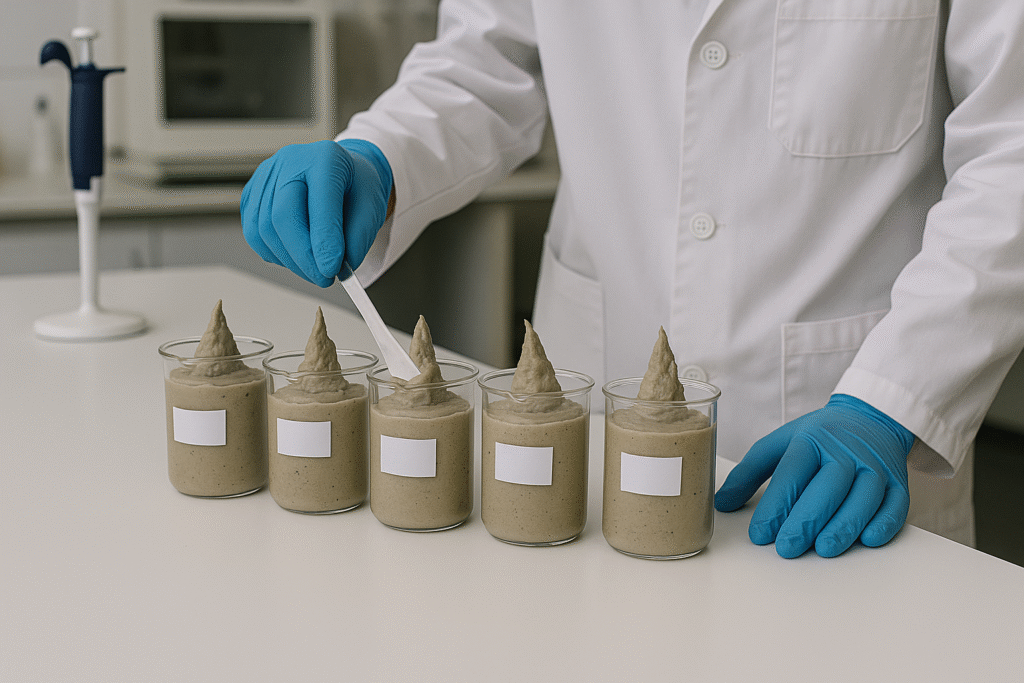
Finding the optimal HPMC for your specific formulation requires understanding the interplay between various factors. In our technical support work with customers across developing markets, we've developed a systematic approach to formulation optimization.
HPMC Selection Framework for Construction Applications
| Application Requirement | Recommended HPMC Property | Dosage Consideration |
|---|---|---|
| Extended open time | Higher molecular weight, optimized hydroxypropyl content | 0.3-0.5% |
| Improved sag resistance | Higher viscosity, fine particle distribution | 0.3-0.6% |
| Enhanced workability | Medium viscosity, balanced substitution | 0.2-0.4% |
| Cost-sensitive formulation | Lower viscosity, efficient dispersion | 0.1-0.3% |
| Extreme weather conditions | Modified thermal gel point, specialty grades | 0.3-0.6% |
One of our customers in Brazil was manufacturing tile adhesives with imported HPMC that was three times the price of our solution. Through careful reformulation with our construction-grade HPMC, we maintained all key performance parameters while reducing their cellulose ether costs by over 60%. The key was selecting the precise viscosity and substitution degree that matched their specific cement chemistry and application requirements.
Conclusion
HPMC transforms ordinary building materials into high-performance products by enhancing water retention, workability, and adhesion strength. By selecting the right grade and dosage for your specific application, you can create superior mortars and tile adhesives that outperform competitors while controlling costs.
I'll continue the blog post from where it left off:
What are the Frequently Asked Questions About HPMC in Construction?
Many manufacturers have common questions about HPMC implementation. Addressing these concerns correctly can save considerable time and resources.
The most frequently asked questions about HPMC include compatibility with other additives, storage recommendations, and proper dosage adjustments for different weather conditions. Understanding these factors ensures optimal performance in your application.
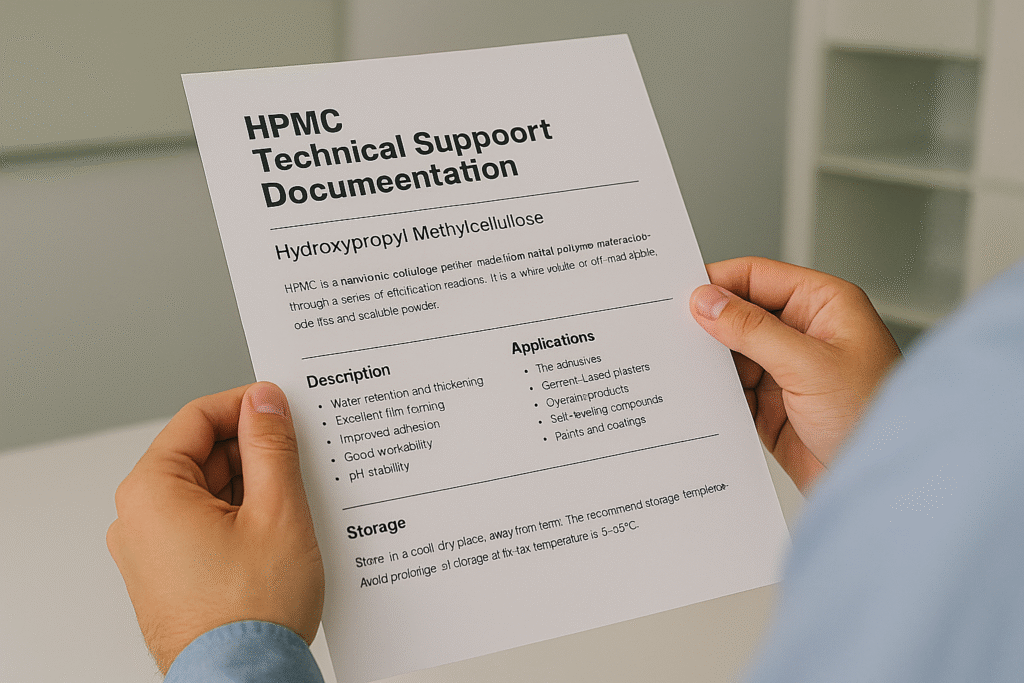
Having worked with hundreds of customers across developing markets, these are the questions that come up most frequently. I've compiled detailed answers based on our laboratory testing and field experience.
Common HPMC Implementation Questions
How does HPMC interact with other additives?
HPMC works synergistically with most construction additives, but specific interactions are important to understand. With redispersible polymer powders (RDP), HPMC enhances the film formation and adhesion properties. When combined with air entraining agents, it stabilizes the air voids for improved workability and frost resistance.
However, some interactions require careful formulation. High-dosage superplasticizers can sometimes reduce HPMC efficiency, requiring adjustment of either component. Very high cellulose content can occasionally delay cement hydration excessively, which might require accelerators in cold weather applications.
What is the shelf life of HPMC-modified dry mix products?
Products containing properly stored HPMC typically maintain performance for 12-24 months when kept in dry conditions. We recommend storing finished products in moisture-resistant packaging and protecting them from extreme temperature fluctuations. In our factory testing, we've found that even after 18 months of proper storage, water retention properties remain within 95% of original specifications.
How should HPMC dosage be adjusted for extreme weather conditions?
For hot, dry conditions (above 35°C), increase HPMC dosage by 15-25% and consider using higher viscosity grades. For cold weather applications (below 10°C), maintain standard dosage but consider adding setting accelerators to counter the delayed hydration effect. In high humidity environments, slightly lower dosages can prevent excessive stickiness while maintaining water retention properties.
I remember consulting for a project in Mexico where summer temperatures regularly exceeded 40°C. By adjusting both the HPMC dosage and molecular weight distribution, we created a specialized formula that maintained a 20-minute open time even in these extreme conditions.
Does HPMC affect the final strength of cementitious materials?
When used at recommended dosages (0.2-0.5%), HPMC has minimal impact on final compressive strength. In fact, by improving water retention and cement hydration, it often contributes to more consistent strength development. Our laboratory testing shows that properly formulated HPMC-containing mortars typically achieve 98-102% of the strength of control samples without HPMC.
However, excessive dosages (above 0.8%) can occasionally reduce final strength by incorporating too much air or interfering with cement particle connections. This is why proper formulation is critical.
How can I determine the optimal HPMC grade for my specific application?
Selecting the optimal HPMC involves considering multiple factors including:
- Application requirements (open time, sag resistance, workability)
- Climate conditions where the product will be used
- Other additives in your formulation
- Manufacturing process parameters
- Cost constraints
At Kehao, we offer free formulation testing for potential customers. By providing us with your current formula and performance requirements, our laboratory can recommend the ideal HPMC grade and dosage. This service has helped many of our clients in Pakistan, Saudi Arabia, and Brazil optimize their formulations without the expense of extensive trial-and-error testing.
Conclusion
HPMC is a game-changing additive for construction materials, dramatically improving water retention, workability, and adhesion strength. By selecting the right grade and implementing proper mixing techniques, manufacturers can create superior mortars and tile adhesives3 that outperform competitors while maintaining cost-effectiveness. As construction trends continue to demand higher performance materials, HPMC will remain an essential component in modern building material formulations.
